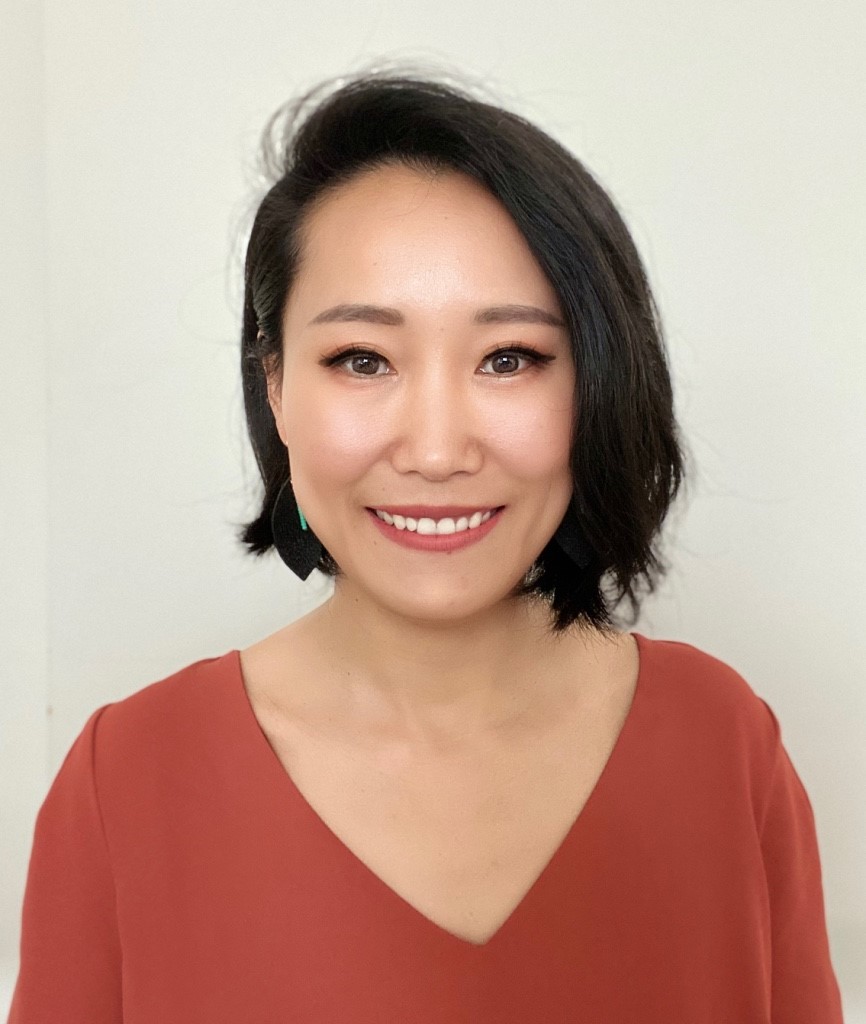The American Art Therapy Association represents a diversity of professionals, students, and organizations across the nation. We recognize and celebrate the work of our members at all levels through our Featured Member series.
May 5, 2022
What excites (or inspires) you most about your job right now?
I get to share the healing power of art in various forms and get to play in the art process as an artist and an art therapist.
Has working with a particular client group shaped your professional focus or specialty? What have you learned from working with these clients?
Designing and facilitating art as therapy groups or art psychosocial support groups with resettled refugee women and teens in Colorado especially doing virtual programming in the middle of the pandemic, with a language barrier, technical barrier, and limited art supplies, showed me resilience and hope from the people I work with. Despite the stigma toward mental health support services, it taught me how to design programming to promote resilience and hope. I also see how fun and impactful support groups can be when combining various creative modalities such as art therapy, dance movement therapy, etc.
How has your role changed as an art therapist (or remained the same) during the COVID-19 pandemic?
I have to adapt to virtual platforms and tailor my sessions based on clients’ art supplies at home. The shift to online platforms also provided me with opportunities to deliver art therapy training and presentations to an audience that I usually wouldn’t be able to reach.
How have race, diversity, and/or social justice impacted your work as an art therapist (or art therapy student)?
Working with mostly underprivileged populations has taught me the importance of recognizing and processing the invisible racial trauma, intergenerational trauma, and oppression and its impact on my clients. It has made me more aware of my own privilege and implicit bias and the need for my continuing education around these issues, especially when I moved to Hawai’i not long ago and started to learn more about the local culture. Most importantly, let’s not forget the radical hope, strength, and resilience that I get to witness and learn from my clients and how it continues to show up in sessions and in my clients’ lives. ‘
As an AAPI artist and art therapist, how have you used art to honor your culture or heritage?
As an art therapist, I work primarily with women of color and women from marginalized communities. Art has been the universal language in my work that connects different cultures and promotes understanding toward each other. In my own response to art, I have written many Chinese poems about myself, my family, and my responses during or after art therapy sessions. My personal art has shifted through many phases, from using bamboo strolls, wires, paint, and magazines. As a collage artist right now, my biggest challenge for honoring my heritage is finding magazines, or collage materials that have AAPI faces.
What advice would you give someone interested in pursuing a career in art therapy? Or, is there something you would like to share about your journey thus far as an art therapist?
Do not hesitate to reach out to the art therapy programs you are interested in. Sit in their classes and talk with their teaching faculty and art therapists who graduated from the program so you can better understand whether the program or the career is something you would like to pursue.
Jie Shen
 Jie Shen is a provisional-licensed art therapist in Hawai’i with a Master’s degree in Transpersonal Art Therapy from Naropa University and a Master’s degree in Education from UCLA. Jie has worked as an art therapist in hospitals, international organizations, community-based organizations, and private practice. Currently, Jie works with college students at Kaua’i Community College.
Jie Shen is a provisional-licensed art therapist in Hawai’i with a Master’s degree in Transpersonal Art Therapy from Naropa University and a Master’s degree in Education from UCLA. Jie has worked as an art therapist in hospitals, international organizations, community-based organizations, and private practice. Currently, Jie works with college students at Kaua’i Community College.

